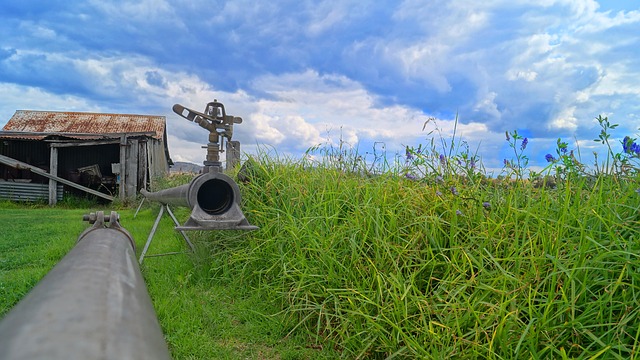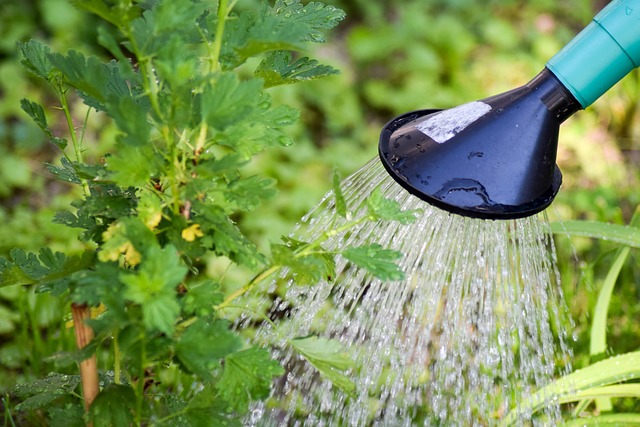Irrigation Methods: Enhancing Water Efficiency in Agriculture
Irrigation is a vital practice in agriculture that helps sustain plant growth by providing water to crops in areas where rainfall is insufficient or inconsistent. There are various irrigation methods available, each with its advantages and considerations. Implementing the right irrigation method is crucial for optimizing water use efficiency and promoting sustainable farming practices. Here are some common irrigation methods:
- Sprinkler Irrigation: Sprinkler irrigation involves the use of overhead sprinklers that distribute water over the crops in a manner similar to rainfall. This method is versatile and suitable for a wide range of crops. It allows for precise water application and uniform coverage, reducing water waste. However, sprinkler systems can be affected by wind, leading to uneven water distribution, and they are more prone to evaporative losses.

- Drip Irrigation: Drip irrigation is a precise and efficient method that delivers water directly to the plant roots through a network of tubes or emitters. It minimizes water loss due to evaporation and runoff, as water is applied slowly and directly to the root zone. Drip irrigation is particularly suitable for water-sensitive crops, such as vegetables, orchards, and vineyards. It also enables the application of fertilizers through the irrigation system, improving nutrient efficiency.
- Surface Irrigation: Surface irrigation is one of the oldest and simplest methods, involving the flooding or furrowing of fields with water. This method relies on gravity to distribute water across the soil surface. Surface irrigation is suitable for level or gently sloping fields and is commonly used for rice cultivation. However, it can lead to significant water losses through runoff and deep percolation if not managed carefully.
- Subsurface Irrigation: Subsurface irrigation involves applying water below the soil surface directly to the root zone. It can be achieved through buried pipes, porous ceramic tubes, or buried drip lines. Subsurface irrigation reduces evaporative losses and minimizes weed growth since water is delivered where it is needed most. It is often used for crops with shallow root systems, such as turfgrass and some horticultural crops.
- Center Pivot Irrigation: Center pivot irrigation is a mechanized method that uses a rotating sprinkler system mounted on a central pivot. This method is commonly used for large-scale agricultural operations. It provides a circular pattern of water distribution, covering a significant area. Center pivot systems are efficient in water application but require proper management to ensure uniform coverage and minimize runoff.
- Lateral Move Irrigation: Lateral move irrigation is similar to center pivot irrigation but operates in a straight line. It uses a series of sprinklers mounted on a moving lateral line that spans the field. This method is suitable for rectangular fields and can be automated for precise water application. Lateral move systems are versatile and can accommodate different field sizes and shapes.

Choosing the appropriate irrigation method depends on factors such as crop type, soil conditions, terrain, water availability, and economic considerations. Factors to consider when selecting an irrigation method include water-use efficiency, application uniformity, energy requirements, labor requirements, and the specific needs of the crops being cultivated.
Implementing efficient irrigation methods and technologies is crucial for sustainable water management in agriculture. By optimizing water use, minimizing water losses, and applying water precisely where it is needed, farmers can enhance crop productivity, conserve water resources, and contribute to a more sustainable future.
